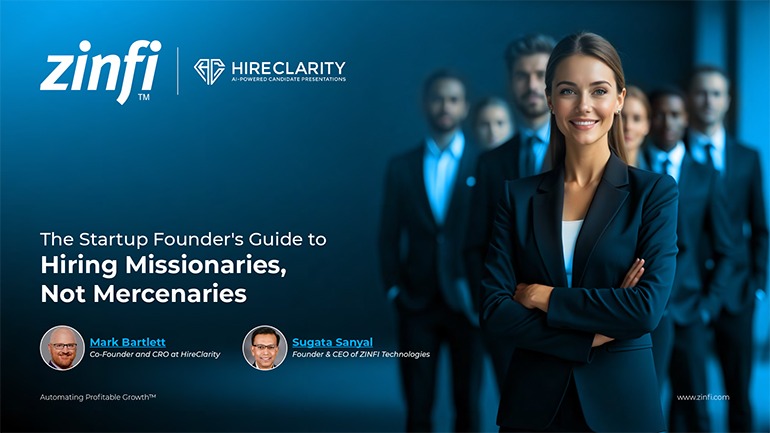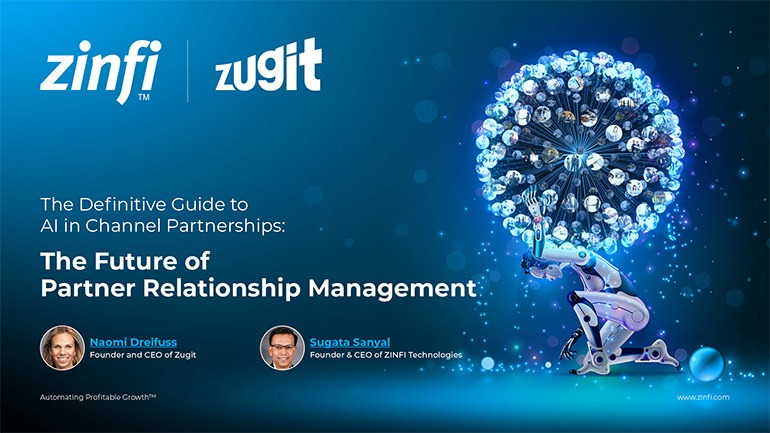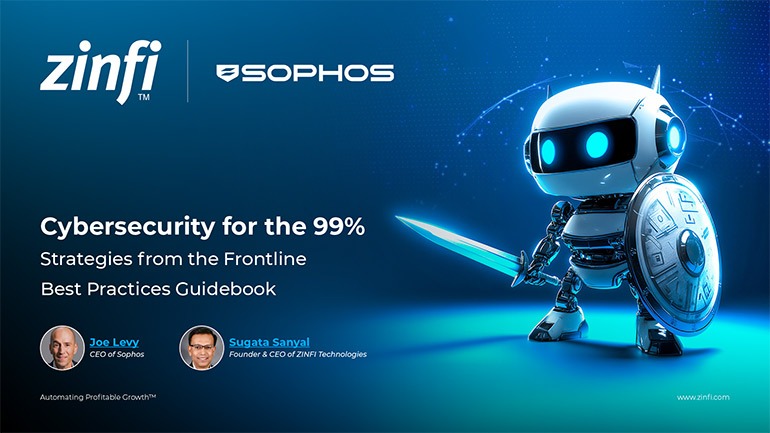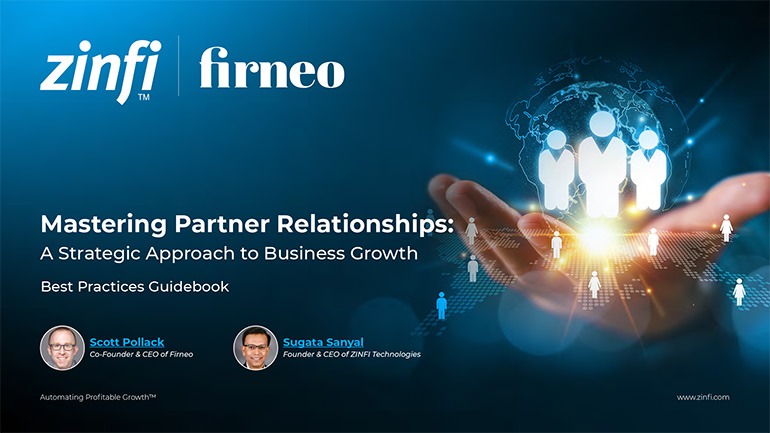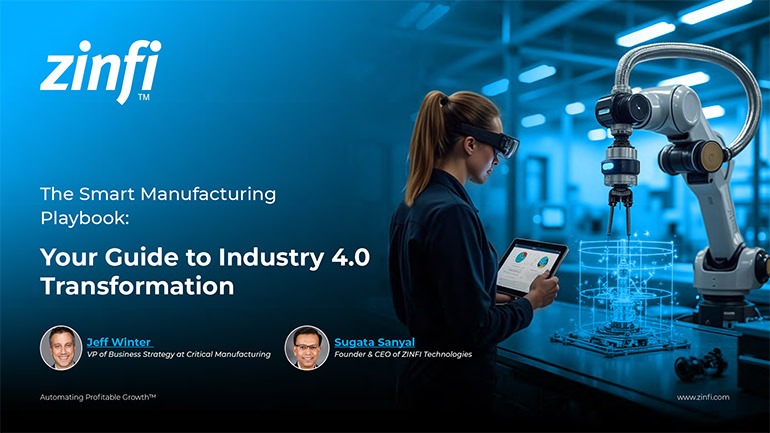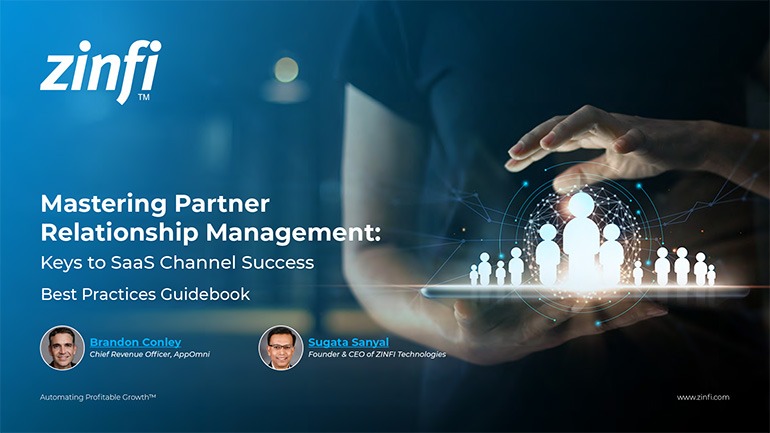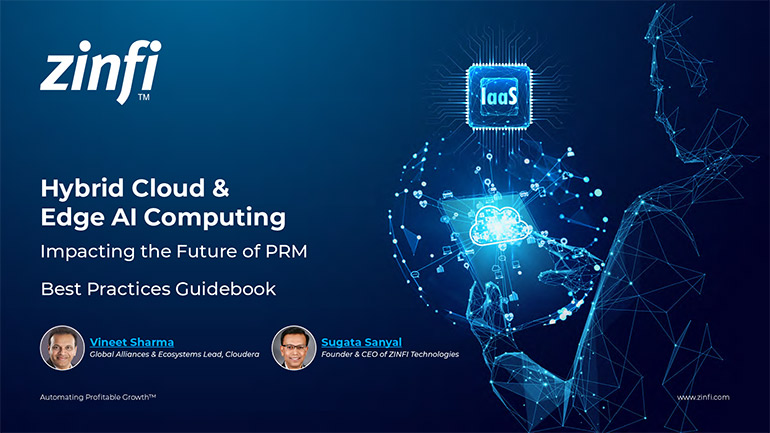The foundation of modern partnering has fundamentally shifted from the simple definition of a "channel" to the complexity of a cohesive "ecosystem". Meg Brennan recalls her early career in the nineties, where the channel was merely a sales route—a way to reach customers by selling physical, shrink-wrapped software. This transactional approach was based on the strongest distributors and resellers. Today, however, the concept is entirely different; a partner ecosystem is built around adding value. For a technology company like HP, this means relying on partners to add value in diverse ways, from selling products to designing software that works best on AI PCs. The modern ecosystem now includes ISV partnerships, MSPs, GSIs, and service partnerships, going far beyond the traditional reseller model. The core driving force behind this change is a dramatically increased focus on the end customer.
Understanding who the customer is and how to reach them is paramount, requiring vendors to ensure they are present everywhere the customer is researching solutions—not just on their own site, but also robustly represented on partner and retailer sites. The speed of change in go-to-market motions has accelerated rapidly over the last decade, necessitating a corresponding change in how a global company like HP coordinates content delivery and campaign execution. While HP is a channel-centric company where over 80% of business goes through partners, the process still requires designing the direct content first and then adapting it for the channel. The modern toolset, particularly with advancements in AI, enables content localization and distribution to occur much faster than ever before. A significant part of the hardware world has also adapted, especially on the supply chain side, which has become significantly more nimble due to lessons learned from the COVID-19 pandemic and the subsequent use of AI-driven analytics to manage complexities like tariffs and manufacturing locations. This increased agility in supply chain management is now translating into a faster, more responsive go-to-market approach at the front end as HP advances its vision for the future of work.
This shift toward an Artistry of ROI is necessary because the customer journey is no longer linear, and partnerships are about joint growth, not single-transaction attribution. The focus is on aligning with partners that will deliver growth in strategic areas. This requires HP to look across its broad market segments—consumers, SMB, mid-market, and enterprise—and its various delivery channels—retail, MSPs, and SIs—to prioritize where it can have the most impact. In areas of stability, the goal is to maintain course and capture organic growth. In emerging regions, such as the MSP space, there is a deliberate decision to "build the plane while we fly it" to gain momentum. This strategic prioritization is critical for effectively managing the vast complexity of HP's global partner ecosystem.



